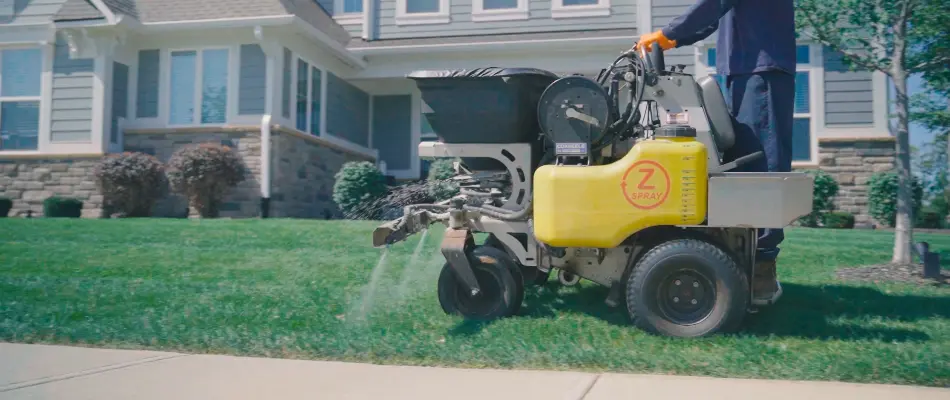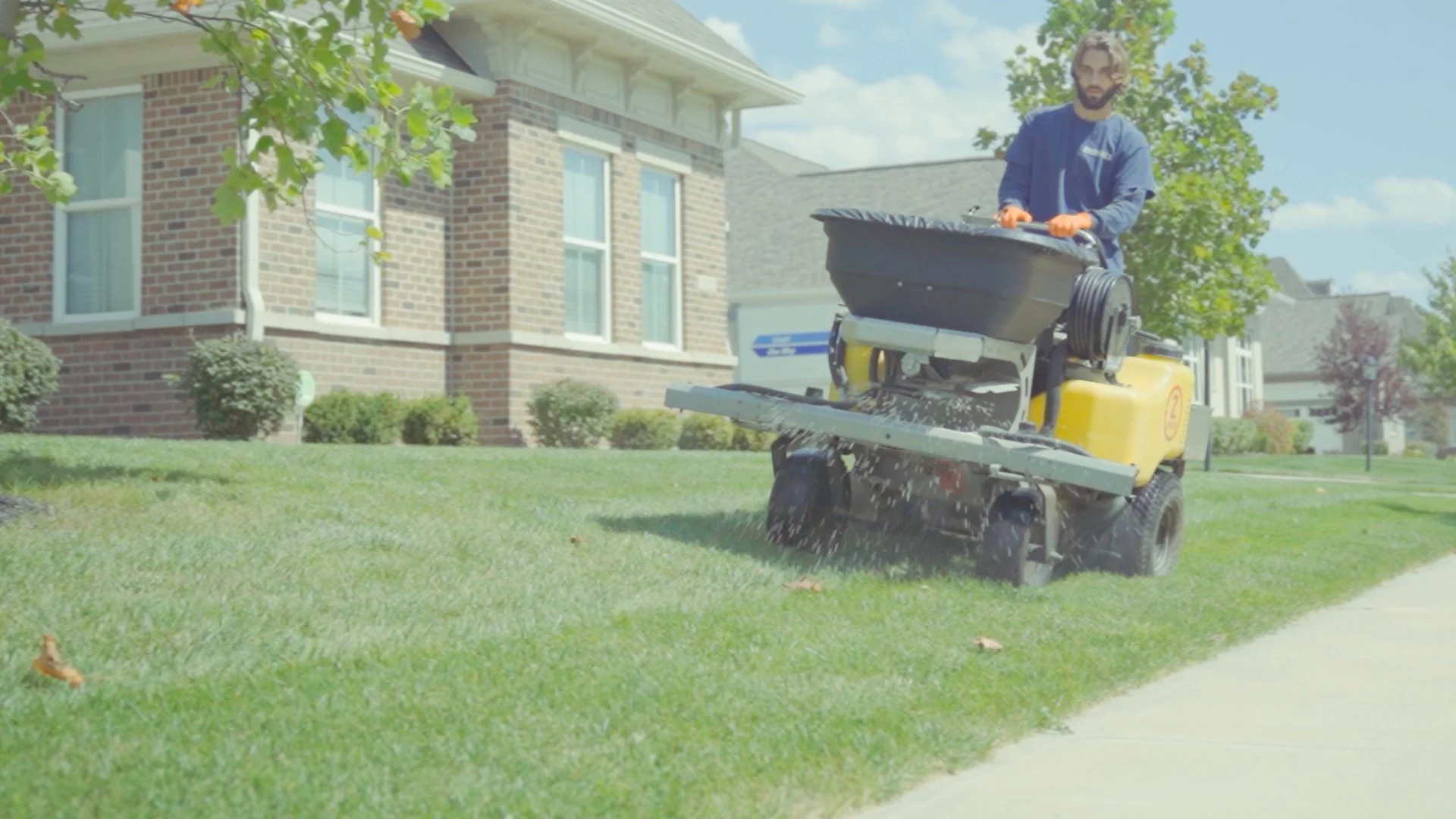Spring marks the start of the new growing season for your lawn, meaning it's also time to fertilize it! However, the question remains: how many spring treatments does your grass in Indiana need? The answer is two, with the first application in early spring and the second in mid-spring. The early spring fertilizer treatment will help your lawn emerge from winter dormancy, promoting new growth and a quicker green-up. Meanwhile, the second treatment in mid-spring will replenish its nutrient supply and prepare it for the impending hot summer months. You'll also want to utilize weed control to combat troublesome weeds and ensure your turf can maximize the nutrients from the two spring fertilization treatments.
Apply the First Spring Fertilizer Treatment in the Early Part of the Season
The first spring fertilizer treatment for your lawn in Indiana should be applied in the early part of the season, between mid-March and mid-April. This treatment is vital for helping it emerge from winter dormancy by providing much-needed nutrients, as it'll likely have used most, if not all, of the supply it stored to survive this challenging season. Early spring fertilization will also allow it to bounce back quicker, promoting new grass growth and restoring its vibrant green color.
You'll want to use an early spring fertilizer rich in nitrogen, as this macronutrient aids in chlorophyll production so your lawn can green up and grow!
The Second Lawn Fertilizer Application Should Occur in Mid-Spring

The second spring fertilizer application for your lawn should occur in the middle of the season, between April and early May. This mid-spring treatment will replenish the nutrients it used from the first one so that it continues to have fuel for vigorous growth. Not only that, but it'll also build up its health and strength in preparation for the hot summer months! Summer is taxing on your grass because of the hot temperatures, but this second spring fertilizer application will help it stay in its best shape as it transitions into this season.
Pair spring fertilization with weed control so weeds don't steal nutrients from your lawn.
While fertilizing your lawn in the spring is essential, it's equally important to utilize weed control. When you pair spring fertilization with weed control, you can ensure weeds don't steal those nutrients from your lawn, allowing it to maximize what it receives from the treatments. To get the best results, you'll want to use pre- and post-emergent weed control.
A pre-emergent application should occur with the first fertilizer treatment in early spring, as it'll create a barrier in the soil that prevents newly germinated weeds from growing through the surface; this will drastically reduce the number that pops up on your lawn in the first place. On the other hand, you'll want to apply a post-emergent weed control treatment with the second fertilizer application in mid-spring and again in late spring, between the end of May and June. These treatments will eliminate any existing weeds so your grass can get the most out of the spring fertilizers and enter the summer without competition.
Call us today to sign up for our lawn fertilization service.
At Proscape Property Maintenance, we offer our lawn fertilization service to residential and commercial properties and HOAs in Carmel, Westfield, Zionsville, and other nearby areas in Indiana. This service includes several treatments throughout the year, including two in the spring, to provide consistent nourishment. However, that's not all - it also comes with pre- and post-emergent weed control treatments to prevent new weeds from surfacing and eliminate any existing growth, respectively. That way, your turf can reap the most benefits from the fertilizer treatments while staying weed-free. Call us today at (317) 366-2752 to sign up for our lawn fertilization service!



Comments (0)
Thanks for your comment!
Thanks for your feedback! Your comments have been successfully submitted! Please note, all comments require admin approval prior to display.
Error submitting comment!
There is a problem with your comment, please see below and try again.